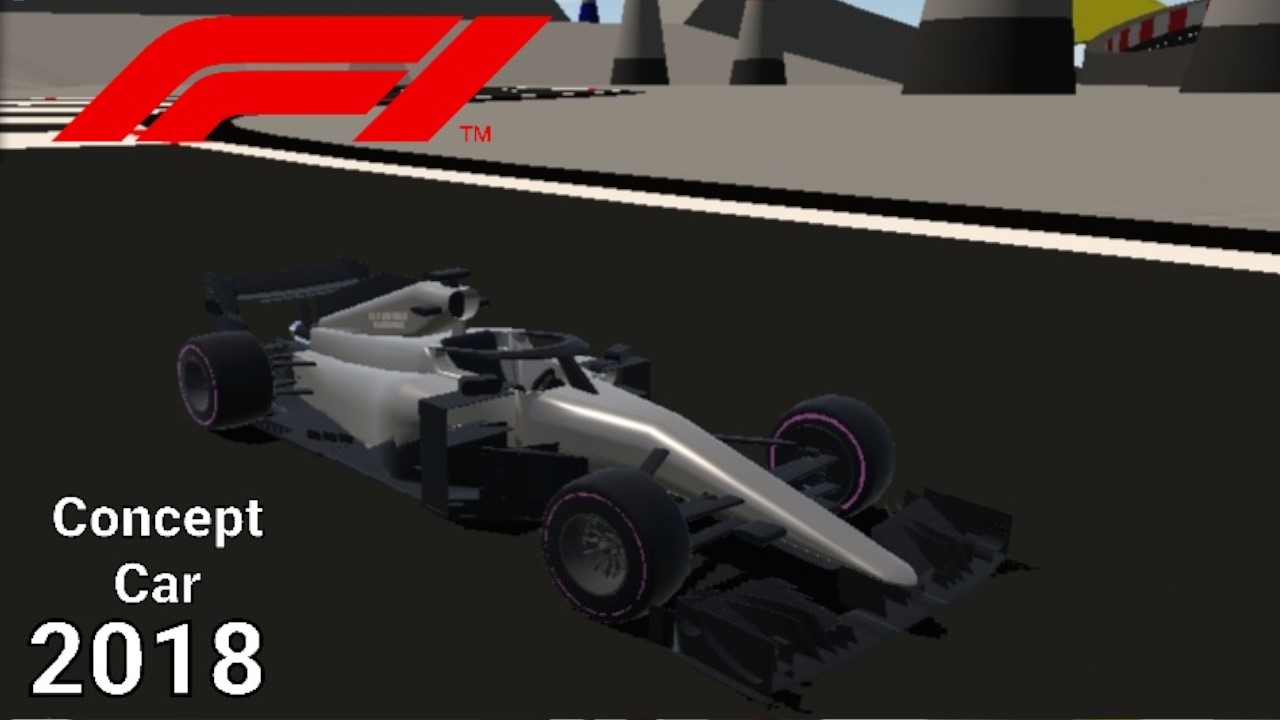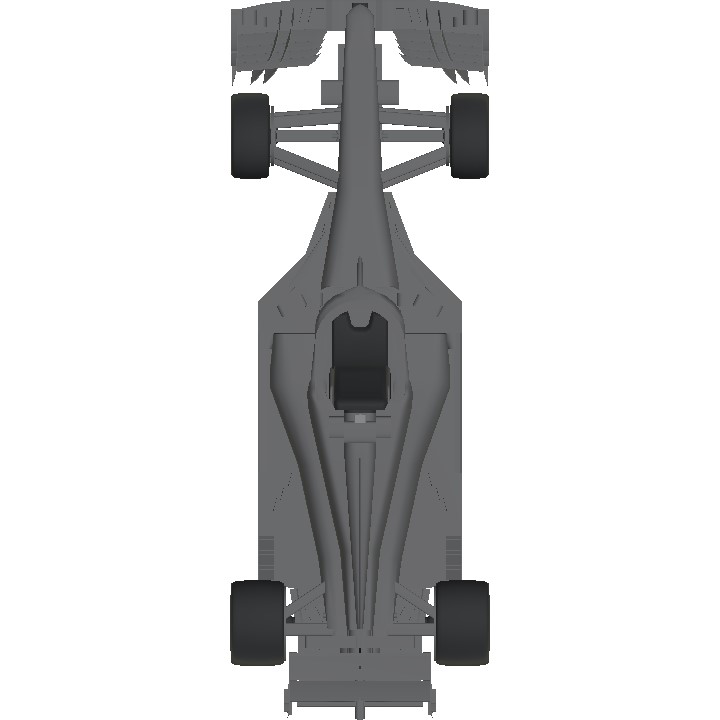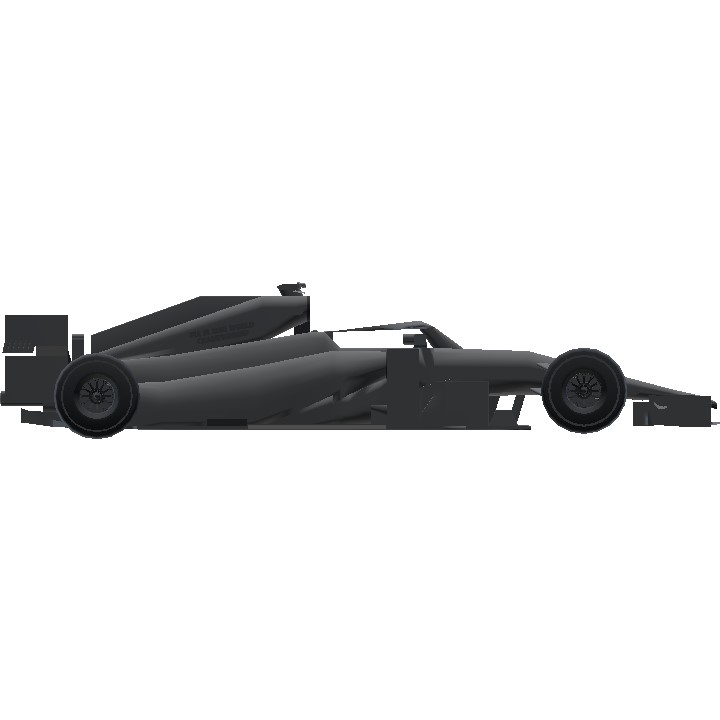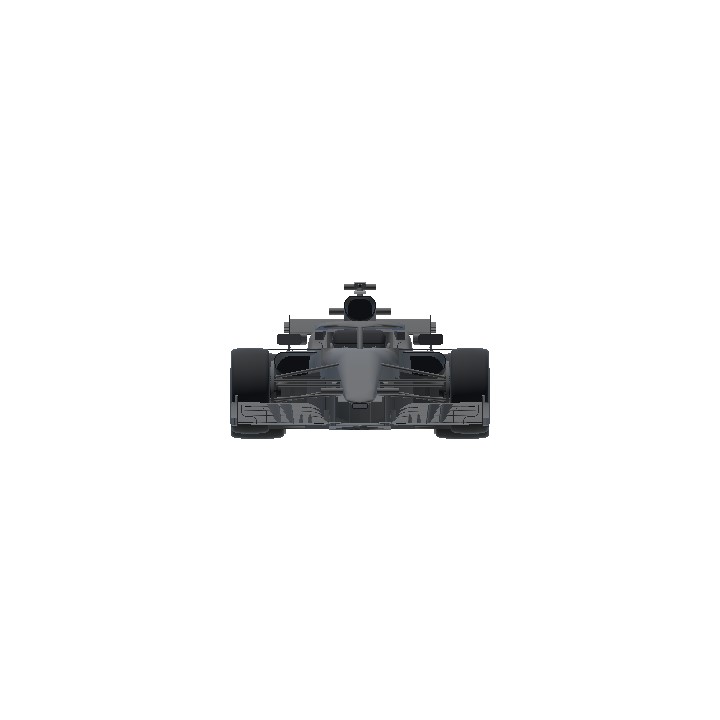The Formula 1 2018 World Championship was one of the most competitive year in Formula 1 and the beggin of a new era with 2 of the biggest pilots fight for the title in 2021 and the fastest car ever in 2020.
Here are the general specifications of the Formula 1 cars from the 2018 season:
Weight:
The minimum car weight, including the driver, was increased to 733 kg due to the introduction of the Halo. The weight without fuel ranged from 733-740 kg, depending on the team.
Power Output:
The 1.6L V6 Turbo hybrid engines produced around 950 to 1,000 hp, combining the internal combustion engine (ICE) with hybrid systems (MGU-K and MGU-H). Power output varied among manufacturers: Mercedes: ~1,000 hp
Ferrari: ~990-1,000 hp
Renault: ~950-970 hp
Honda: ~920-950 hp (less competitive at the beginning of the season)
Top Speed:
Top speeds varied depending on the circuit and aerodynamic setup: Low-downforce circuits (Monza, Baku): 350-370 km/h with DRS activated. High-downforce circuits (Monaco, Hungary): 320-330 km/h. The highest recorded speed was 372.5 km/h (achieved by Lance Stroll's Williams at the Azerbaijan GP).
In the 2018 Formula 1 season, Pirelli introduced new tyre compounds and expanded the available range of dry-weather tyres from five to seven. Here’s a breakdown of the key changes:
New Tyre Compounds: Hypersoft (Pink): The softest and fastest tyre, offering maximum grip but very low durability. It was mostly used on street circuits like Monaco and Canada. Superhard (Orange): The hardest and most durable compound, rarely used during the season.
Full 2018 Tyre Range (Slicks – Dry Conditions):
Hypersoft (Pink) – Ultra-fast, very short lifespan (there's no pink emoji)
Ultrasoft (Purple) – Soft and grippy, slightly longer-lasting than Hypersoft 🟪
Supersoft (Red) – A balanced soft tyre, used often in races 🟥
Soft (Yellow) – A consistent race tyre, frequently used 🟨
Medium (White) – A durable compound, suited for longer stints (white emoemodon't apper)
Hard (Blue) – High durability, rarely chosen 🟦
Superhard (Orange) – The toughest compound, but almost never used 🟧
Wet Weather Tyres:
Intermediate (Green): For light rain and drying tracks. 🟩
Full Wet (Blue): Designed for heavy rain, featuring deeper grooves to disperse water efficiently. 🟦
Impact on Strategy:
The increased range of tyres allowed for greater strategic diversity between teams. The Hypersoft was a game-changer on certain tracks, creating different pit stop strategies compared to previous years.
Controls:
AG-1 DRS
AG-2 LIGHTS
AG-8 ENGINE
Pitch=Foward/Back
Yam=Steering wheel
Specifications
General Characteristics
- Created On Android
- Wingspan 6.8ft (2.1m)
- Length 18.9ft (5.8m)
- Height 4.1ft (1.3m)
- Empty Weight 1,421lbs (644kg)
- Loaded Weight 1,669lbs (757kg)
Performance
- Wing Loading 22.9lbs/ft2 (111.9kg/m2)
- Wing Area 72.8ft2 (6.8m2)
- Drag Points 2580
Parts
- Number of Parts 350
- Control Surfaces 0
- Performance Cost 1,120




